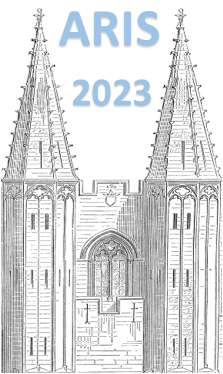Orateur
Description
The study of nuclei far from stability is one of the most active and challenging areas of nuclear structure physics. The neutron-proton imbalance in nuclei approaching the dripline(s) affects the detailed impacts of the residual interaction, modifying single-particle energies and potentially leading to altered ground and excited-state properties. In addition, at the very edge of stability, the proximity of the continuum to the bound states may modify wavefunctions further. I will discuss a range of recent experimental measurements exploring different aspects of the structure in the most neutron-rich isotopes. I will present recent work in the region of neutron number N=28, below the Ca isotopes. There is a breakdown of the N=28 harmonic oscillator magic number as protons are removed from the sd shell, and the isotones below Ar are understood to be dominated by multi-particle-multi-hole excitations and deformation in their low-lying structure. I will discuss results from the first experiment at FRIB on half-lives in this region. I will also explore the specific case of Mg-40, which sits along the N=28 isotones and very near (or possibly at) the neutron dripline, where first spectroscopy resulted in an unexpected excitation spectrum.

